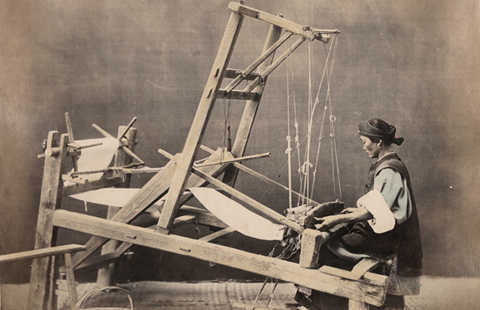NASA's asteroid tracking sensor passes key test
WASHINGTON - An infrared sensor that could improve future detecting and tracking of asteroids and comets has passed a critical design test, US space agency NASA said on Monday.
The test assessed performance of the so-called Near Earth Object Camera (NEOCam) in an environment that mimicked the temperatures and pressures of deep space.
NEOCam is the cornerstone instrument for a proposed new space-based asteroid-hunting telescope in the first-ever mission to identify, capture and relocate an asteroid closer to Earth for future exploration by astronauts, according to NASA.
"This sensor represents one of many investments ... in innovative technologies to significantly improve future missions designed to protect Earth from potentially hazardous asteroids," said Lindley Johnson, program executive for NASA's Near-Earth Object Program Office in Washington.
Near-Earth objects are asteroids and comets with orbits that come within 45 million kilometers of Earth's path around the sun.
Asteroids do not emit visible light, but reflect it. Depending on how reflective an object is, a small, light-colored space rock can look the same as a big, dark one. As a result, data collected with optical telescopes using visible light can be deceiving.
"Infrared sensors are a powerful tool for discovering, cataloging and understanding the asteroid population," said Amy Mainzer, co-author of the research to be published in an upcoming edition of the Journal of Optical Engineering.
"When you observe a space rock with infrared, you are seeing its thermal emissions, which can better define the asteroid's size, as well as tell you something about composition."
The NEOCam sensor is designed to be more reliable and significantly lighter in weight for launching aboard space-based telescopes. Once launched, the proposed telescope would be located about four times the distance between Earth and the moon, where NEOCam could observe the comings and goings of near-Earth objects every day without the impediments of cloud cover and daylight.


























